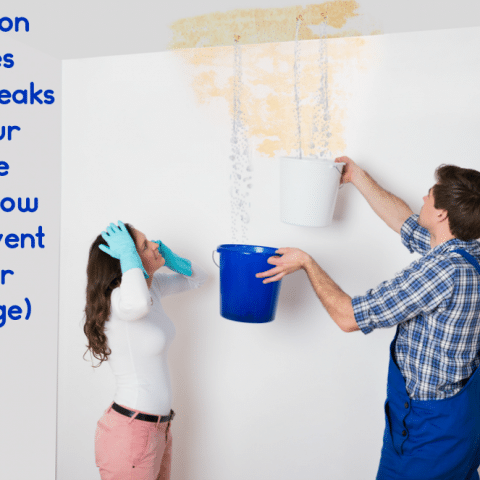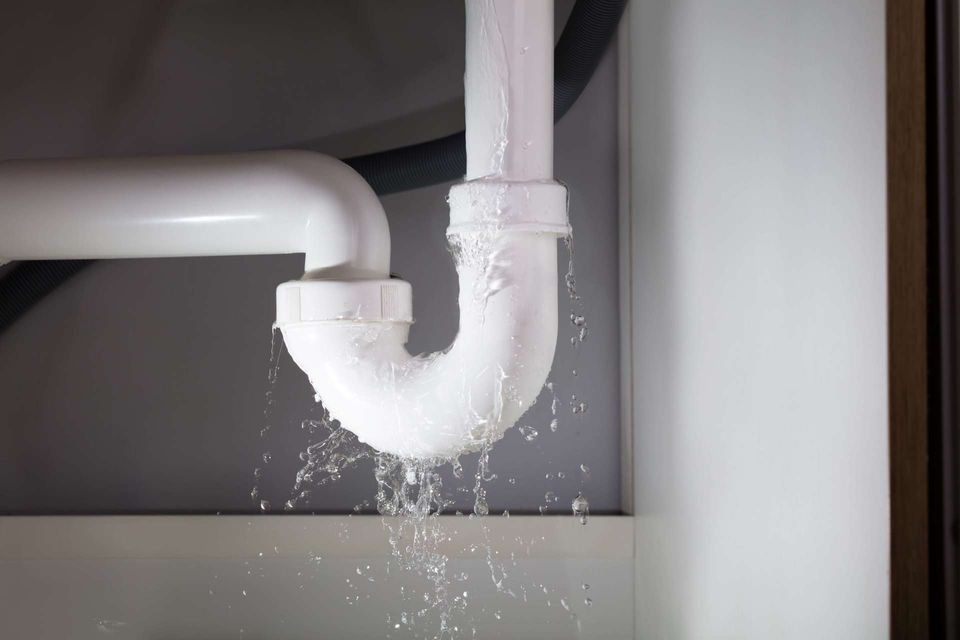Overview To Water Leak Detection In The House
Overview To Water Leak Detection In The House
Blog Article
The article author is making a few great points on Leaking water lines as a whole in this content down the page.

Early discovery of leaking water lines can minimize a prospective disaster. Some little water leaks might not be visible.
1. Check Out the Water Meter
Examining it is a proven means that assists you uncover leaks. If it moves, that shows a fast-moving leakage. This means you may have a slow leak that might even be underground.
2. Check Water Consumption
Examine your water expenses and track your water consumption. As the one paying it, you need to observe if there are any type of disparities. If you spot sudden changes, regardless of your intake being the same, it suggests that you have leaks in your plumbing system. Remember, your water costs should fall under the same variety on a monthly basis. An unexpected spike in your expense indicates a fast-moving leakage.
On the other hand, a steady rise each month, even with the very same practices, shows you have a sluggish leakage that's also slowly escalating. Call a plumber to thoroughly examine your building, particularly if you really feel a warm area on your flooring with piping below.
3. Do a Food Coloring Test
When it comes to water usage, 30% comes from toilets. If the shade in some way infiltrates your bowl during that time without flushing, there's a leakage in between the container and also dish.
4. Asses Outside Lines
Do not neglect to check your outside water lines also. Should water seep out of the link, you have a loosened rubber gasket. One tiny leak can throw away heaps of water and increase your water bill.
5. Examine the scenario and check
Property owners need to make it a habit to examine under the sink counters and also also inside closets for any bad odor or mold and mildew growth. These 2 warnings indicate a leak so prompt interest is needed. Doing routine examinations, also bi-annually, can conserve you from a significant problem.
If you recognize your house is already old, keep a careful eye on your heating systems, tubes, pipelines etc. Look for discolorations and weakening as the majority of pipelines as well as appliances have a life span. They will additionally naturally deteriorate as a result of tear and also use. If you believe leaking water lines in your plumbing system, do not wait for it to intensify. Call a specialist plumber today so you don't wind up with a terrible mess in your house.
Early discovery of dripping water lines can mitigate a prospective calamity. Some little water leaks may not be visible. Checking it is a surefire way that helps you find leaks. One tiny leak can lose loads of water as well as spike your water bill.
If you presume leaking water lines in your plumbing system, don't wait for it to intensify.
WARNING SIGNS OF WATER LEAKAGE BEHIND THE WALL
PERSISTENT MUSTY ODORS
As water slowly drips from a leaky pipe inside the wall, flooring and sheetrock stay damp and develop an odor similar to wet cardboard. It generates a musty smell that can help you find hidden leaks.
MOLD IN UNUSUAL AREAS
Mold usually grows in wet areas like kitchens, baths and laundry rooms. If you spot the stuff on walls or baseboards in other rooms of the house, it’s a good indicator of undetected water leaks.
STAINS THAT GROW
When mold thrives around a leaky pipe, it sometimes takes hold on the inside surface of the affected wall. A growing stain on otherwise clean sheetrock is often your sign of a hidden plumbing problem.
PEELING OR BUBBLING WALLPAPER / PAINT
This clue is easy to miss in rooms that don’t get much use. When you see wallpaper separating along seams or paint bubbling or flaking off the wall, blame sheetrock that stays wet because of an undetected leak.
BUCKLED CEILINGS AND STAINED FLOORS
If ceilings or floors in bathrooms, kitchens or laundry areas develop structural problems, don’t rule out constant damp inside the walls. Wet sheetrock can affect adjacent framing, flooring and ceilings.
https://www.servicemasterbyzaba.com/blog/how-to-detect-water-leakage-in-walls/

Hopefully you enjoyed our post on Finding hidden leaks. Many thanks for taking a few minutes to read our piece. Enjoyed reading our write up? Please share it. Let somebody else check it out. Thank-you for going through it.
Report this page